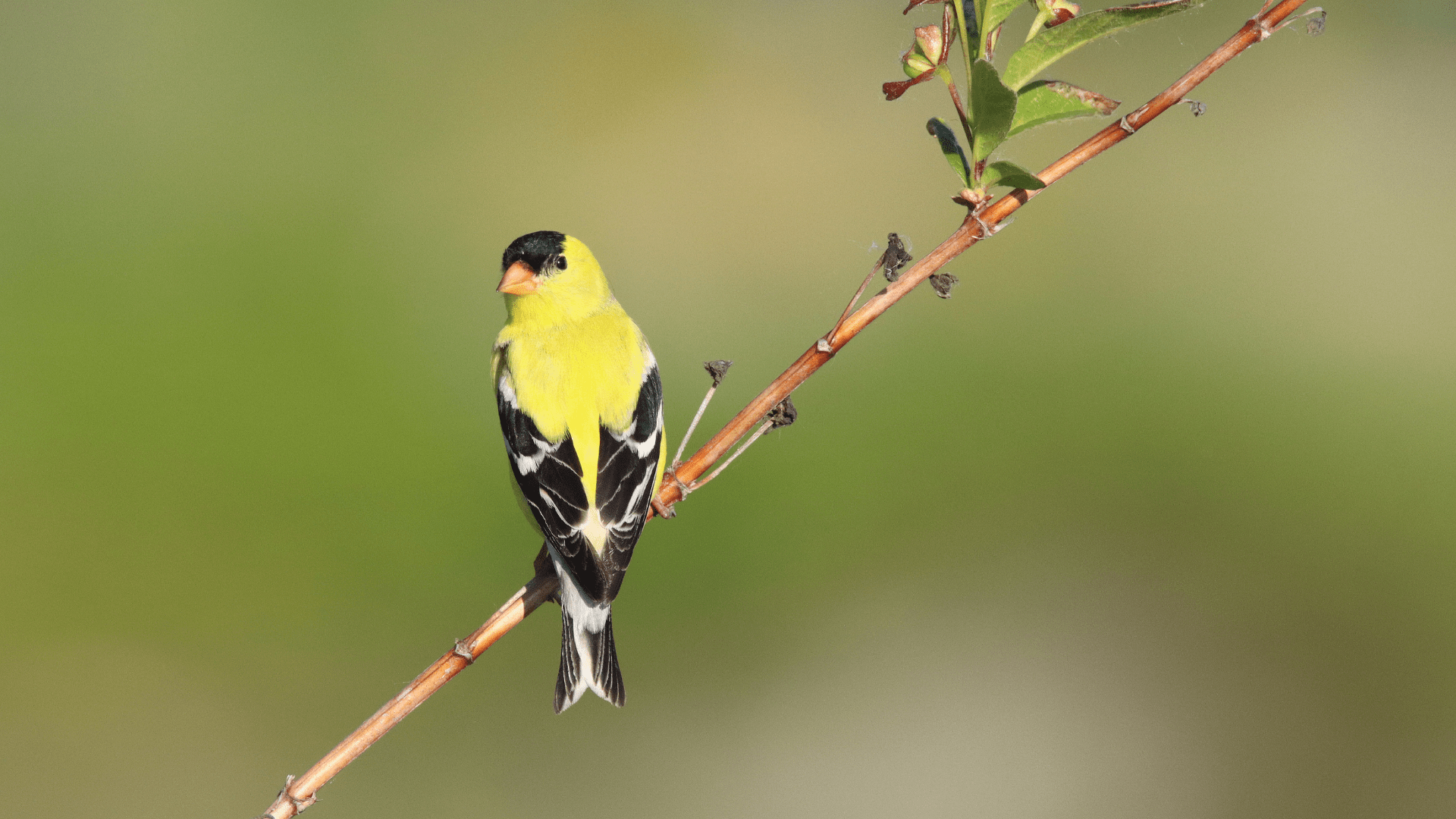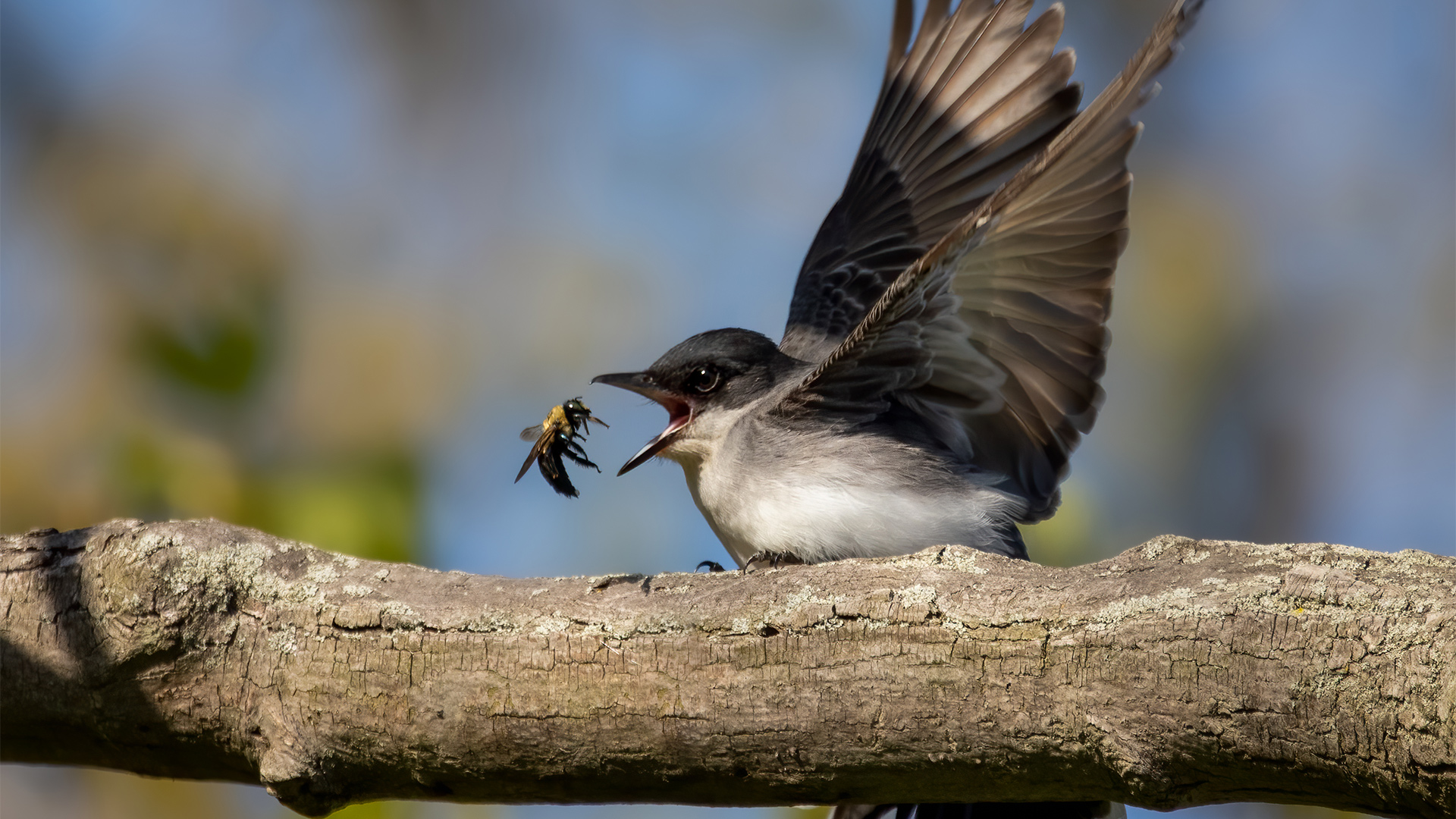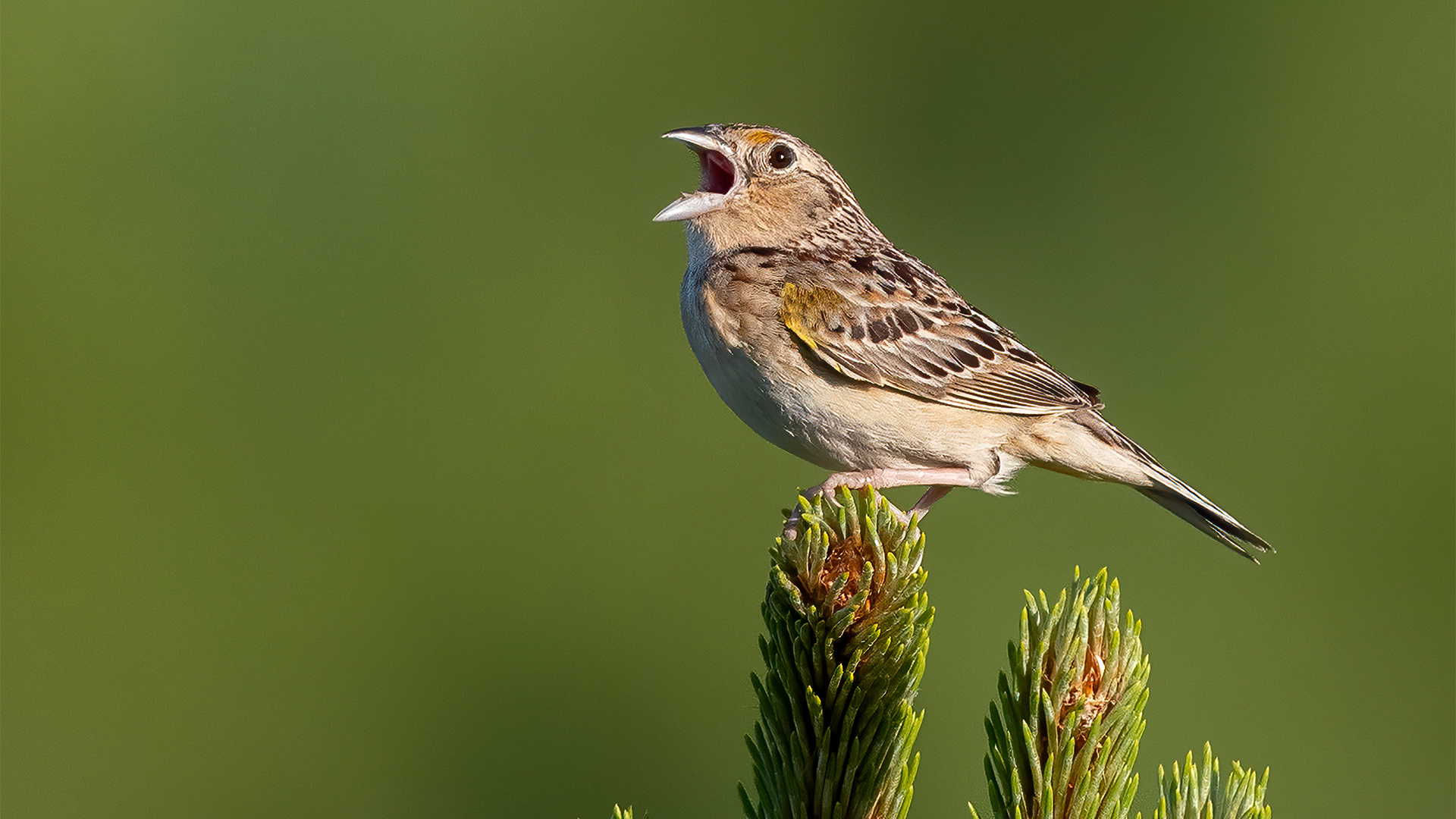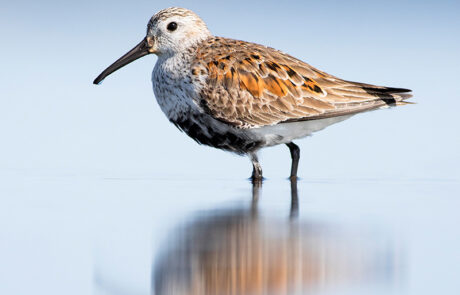It is important to note that there are two main data structures observed in the BMDE: one species per row, and one individual per row.
One species per row:
In many cases, particularly with most area searches and point counts, each row of a dataset represents an observation of a particular species. That observation may be of multiple individuals, the number of which should be indicated in the ObservationCount fields.
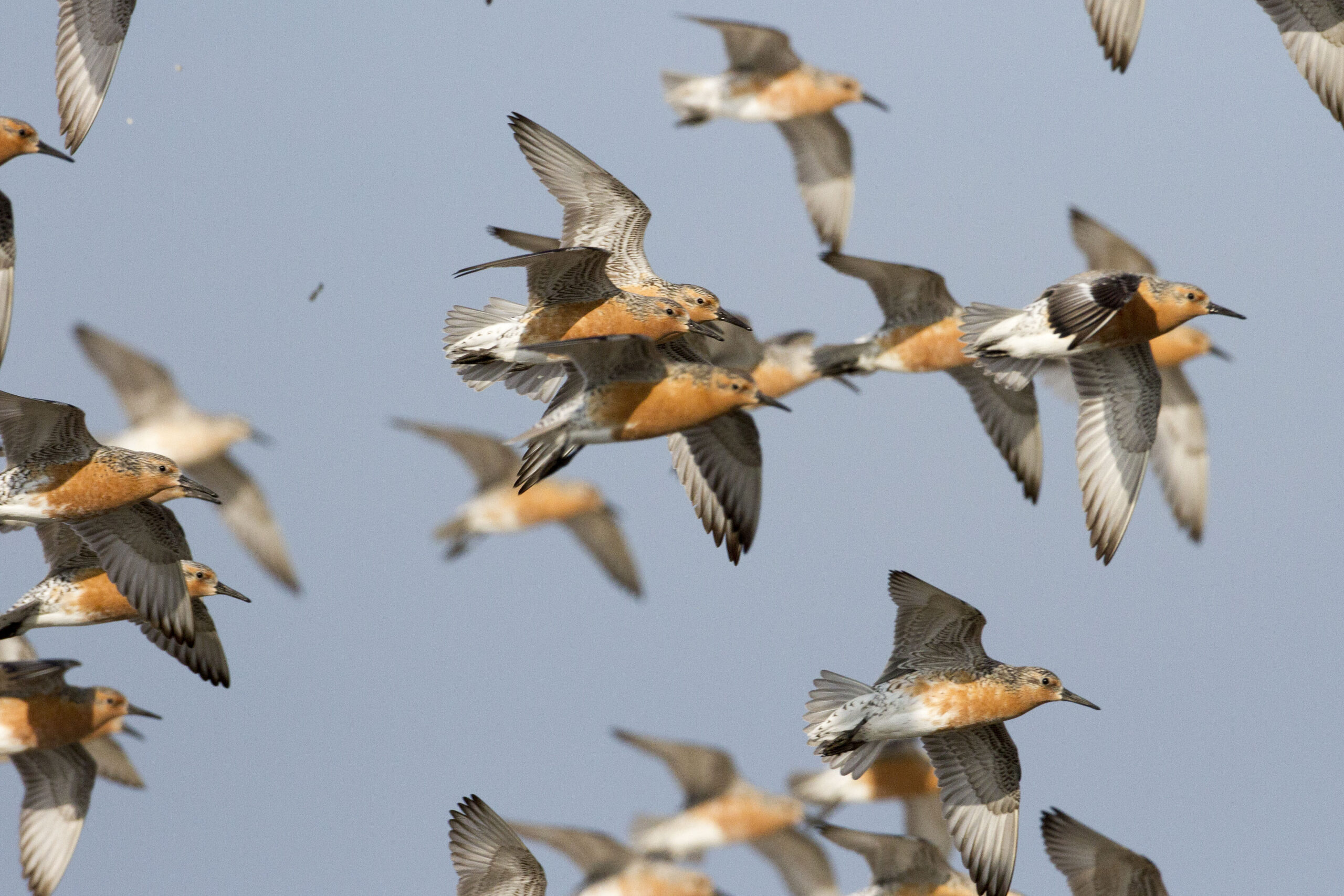
Photo by Mark Peck
Typically, a single record represents all individuals of one species observed in a single sampling event, or survey. There may be cases in which a single record represents only part of a sampling event, like a particular time interval or distance band. In these cases, there could be several records for the same species in a single sampling event. This structure is not recommended — ideally each record pertains to the entire sampling event, with these smaller bins being indicated in the flexible ObservationCount fields — but it is important to be aware that datasets may differ.
One individual per row:
Some specialized surveys, such as nocturnal owl surveys, collect detailed information on each individual observed. For this reason, each row in the dataset represents an observation of one individual, not one species. Several ObservationCount fields may be used to quantify different aspects of the observation of that one individual. For example, a nocturnal owl survey may use these fields to indicate in which time intervals of the survey the individual was heard calling.
The sample of BMDE owl survey data below shows an example of a one-individual-per-row data structure. The total count is always one, and ‘X’s in subsequent ObservationCount columns indicate during which time intervals the individual was observed.
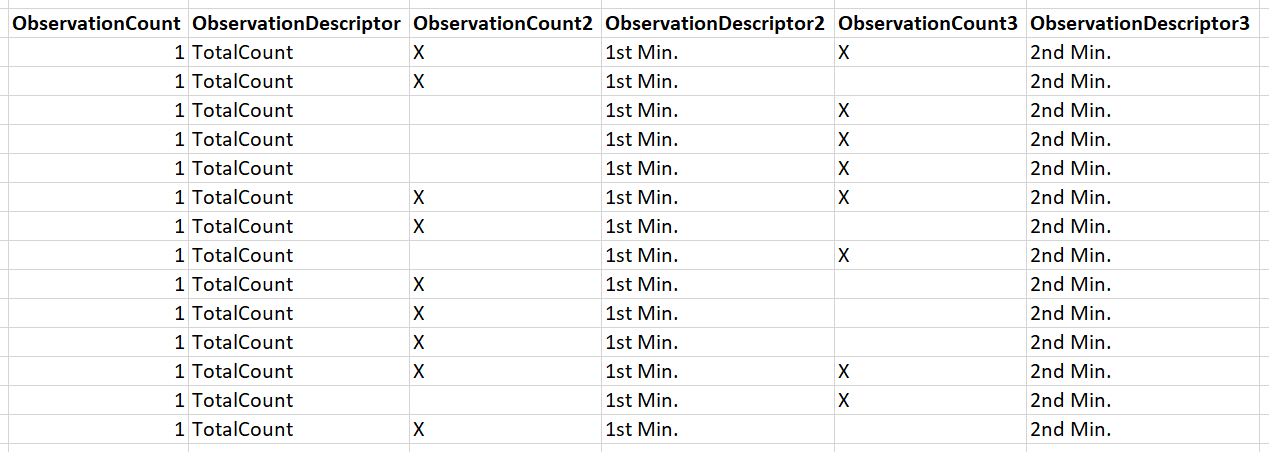
Understanding which data structure a given dataset uses is important, both when formatting data for import to NatureCounts and when analyzing data accessed via NatureCounts.
Next section: Metadata






